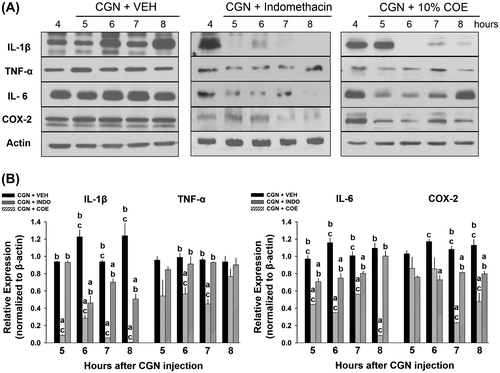Figures & data
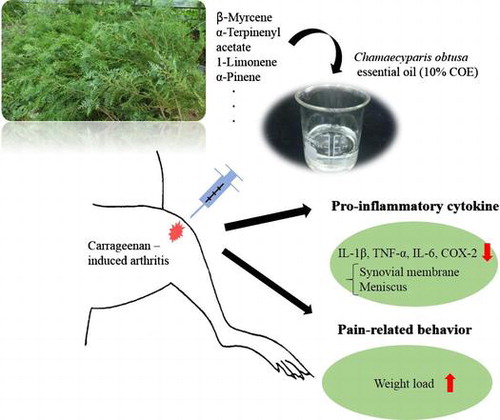
Fig. 1. Experimental flowchart for carrageenan (CGN)-induced arthritis in rats. Drugs were administered intra-articularly to the knee joint 4.5 h after CGN injection.
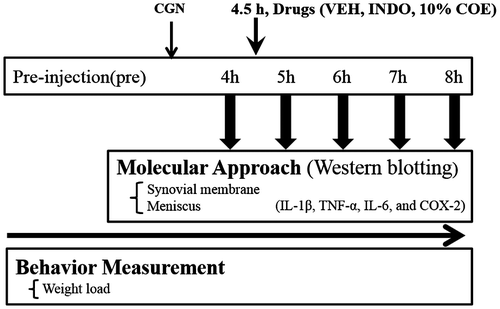
Table 1. Chemical components of Chamaecyparis obtusa essential oil (COE) and the relative percentages using peak area normalization.
Fig. 2. Inhibitory effects of 10% Chamaecyparis obtusa essential oil (COE; 50 μL, intra-articularly) and indomethacin (INDO; 10 mg/kg, 50 μL, i.a.) on weight load in carrageenan (CGN)-induced arthritic rats.
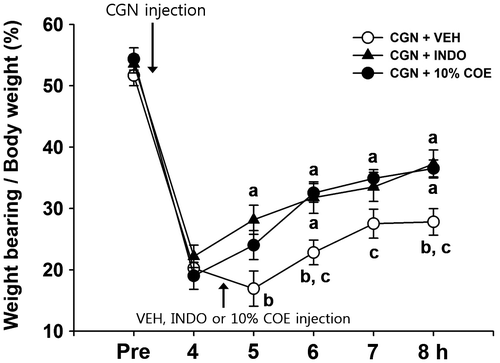
Fig. 3. Inhibitory effects of 10% Chamaecyparis obtusa essential oil (COE; 50 μL, intra-articularly) and indomethacin (INDO; 10 mg/kg, 50 μL, i.a.) on inflamed synovial membrane 5–8 h after carrageenan (CGN) injection.
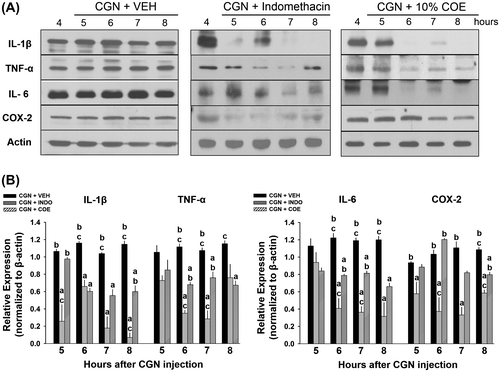
Fig. 4. Inhibitory effects of 10% Chamaecyparis obtusa essential oil (COE; 50 μL, intra-articularly) and indomethacin (INDO; 10 mg/kg, 50 μL, i.a.) on inflamed meniscus 5–8 h after carrageenan (CGN) injection.
